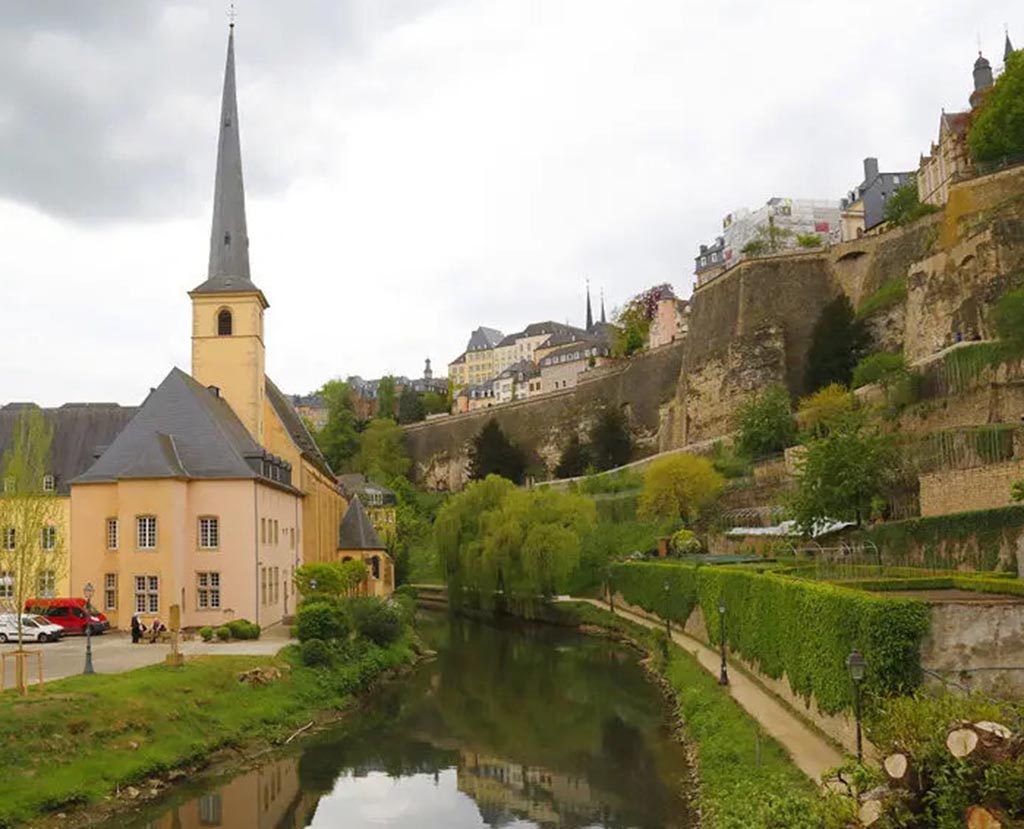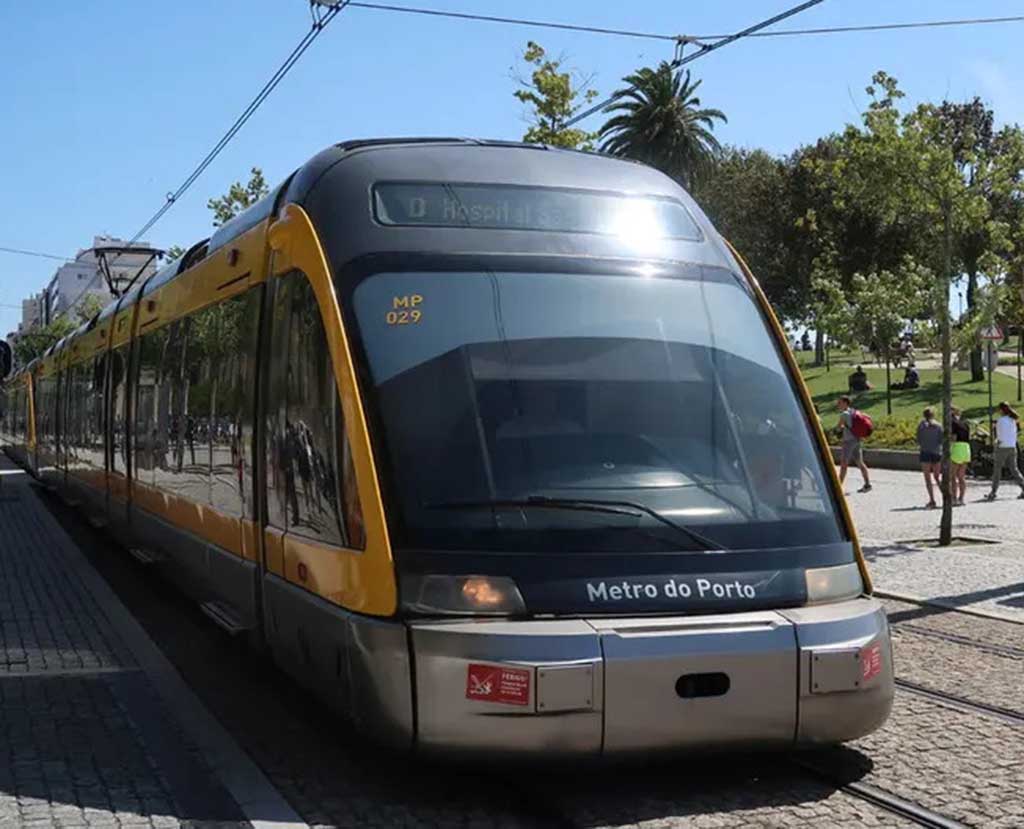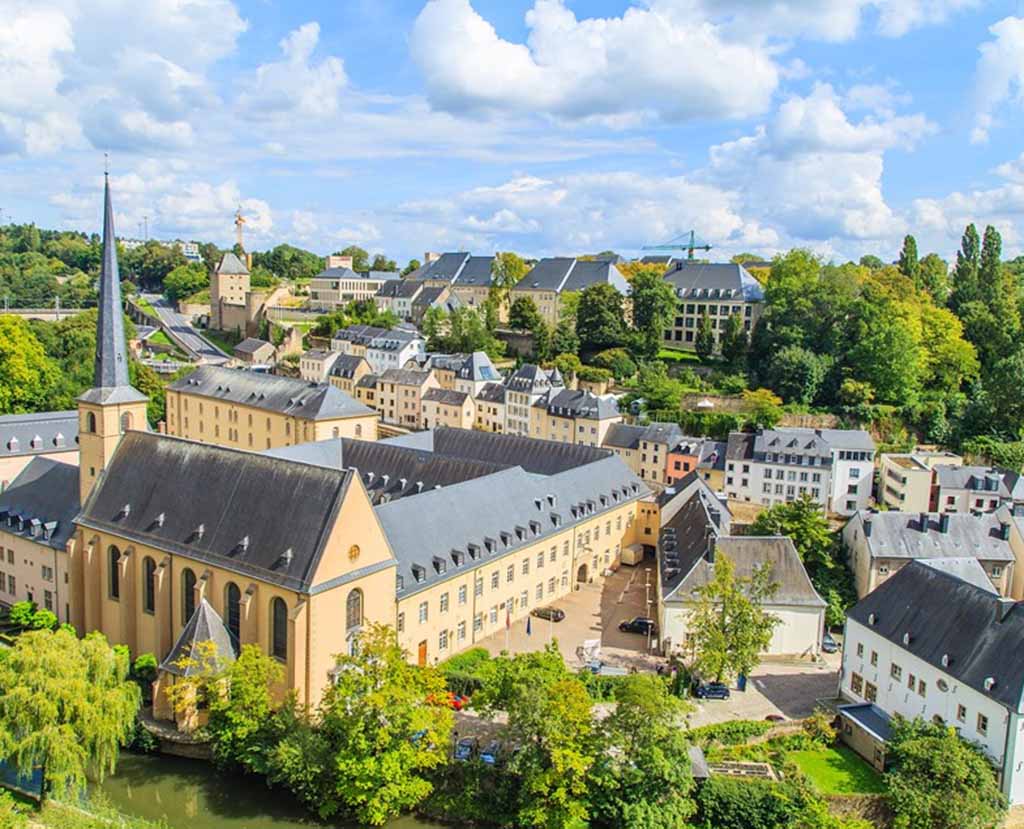Luxembourg, a small European country surrounded by rich history and charming scenery, attracts photography enthusiasts from all over the world. From ancient castles to modern buildings, from peaceful parks to dynamic street scenes, Luxembourg provides endless photography inspiration.
1. Basic equipment for travel photography
Camera and lens selection
When traveling in Luxembourg, choosing the right camera and lens is the first step to ensure the quality of your photos. For most travel photographers, a comprehensive and easy-to-carry camera is essential. Generally, APS-C format SLR or mirrorless cameras can meet most photography needs. If you are a professional photographer, choosing a full-frame camera can achieve better image quality and background blur effects.
The choice of lens will vary depending on your shooting goals. Standard zoom lenses (such as 24-70mm) are well suited for most scenes, from landscapes to architecture to street people shooting. If you like to shoot details or portraits, you can consider carrying a prime lens (such as 50mm f/1.8) or a telephoto lens (such as 70-200mm). A wide-angle lens is also essential for landscape photography, especially in Luxembourg’s ancient castles and charming valleys.
Tripod
Even though most of the attractions in Luxembourg are very suitable for handheld shooting, a tripod is still a must-have tool for travel photography. Especially when shooting long exposures or low light conditions, a tripod can help you stabilize the camera and reduce blur caused by shaking. Luxembourg’s night scenery and starry sky are also worth photographing, and a tripod is particularly important at this time.
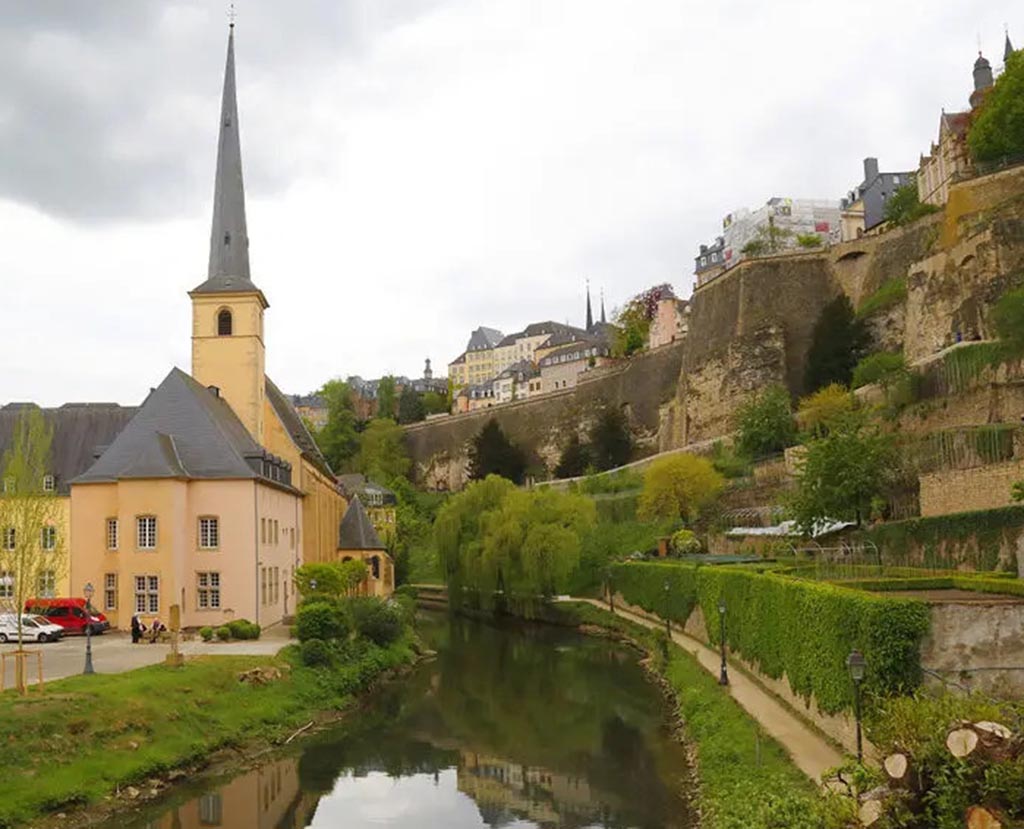
Filters
Filters are another practical tool to enhance the effect of your photos. When shooting landscapes in Luxembourg, a graduated ND filter can help balance the exposure difference between the sky and the ground, especially in complex lighting situations at sunrise or sunset. In addition, a polarizer is very effective for enhancing the color of the sky and reducing reflections, especially when shooting on the water.
Backup equipment
Whether you are shooting digital photos or videos, it is very important to make sure you have enough memory cards and batteries. Many attractions in Luxembourg require walking to reach, and sometimes you may be outdoors for several hours, so it is a wise choice to prepare extra memory cards and batteries in advance. Bringing a convenient charger or mobile power bank is also indispensable, especially in places where there is no convenient power supply.
2. Best time to take photos and use light in Luxembourg
Best time to take photos
Luxembourg has four distinct seasons, and each season has its own unique landscape. In spring and autumn, especially in the early morning and evening, the air is fresh and the light is soft, which is the golden time for shooting. Especially in places such as the Grand Ducal Palace and the Adolphe Bridge in Luxembourg, the soft natural light can add a warm tone to the buildings.
In summer, the daytime light is stronger, so the best time to take photos is in the early morning and dusk. Luxembourg has longer daylight hours in the summer, and photographers can capture the city skyline and the beautiful sunset at dusk.
Luxembourg in winter, especially after snow, shows a quiet and mysterious beauty. Parks, castles and churches after snow have a poetic atmosphere, which is a good time for quiet photography. When shooting at scenic spots covered with snow, you can use the reflection of the snow to create highlights and highlight the subject.
Golden Hour and Blue Hour
The Golden Hour refers to the short period of time before and after sunrise and sunset, when the sunlight is soft and the color temperature is warm, suitable for photographing layered landscapes and portraits. Luxembourg’s natural scenery and historical buildings will present charming light and shadow effects at this time, especially suitable for photographing streets, castles and skylines.
The Blue Hour refers to the period after sunset and before sunrise, when the sky is still slightly blue and the light of street lights and buildings begins to appear, giving the photo a mysterious and romantic atmosphere. At this time, photographing the night scene of Luxembourg, especially the lights of the Adolphe Bridge and Luxembourg City, can achieve excellent results.
3. Photographing Luxembourg’s architecture and cityscape
Luxembourg’s cityscape combines ancient history with modern design, suitable for all kinds of architectural photography enthusiasts. When photographing these buildings, there are some tips to help you capture their charm more brilliantly.
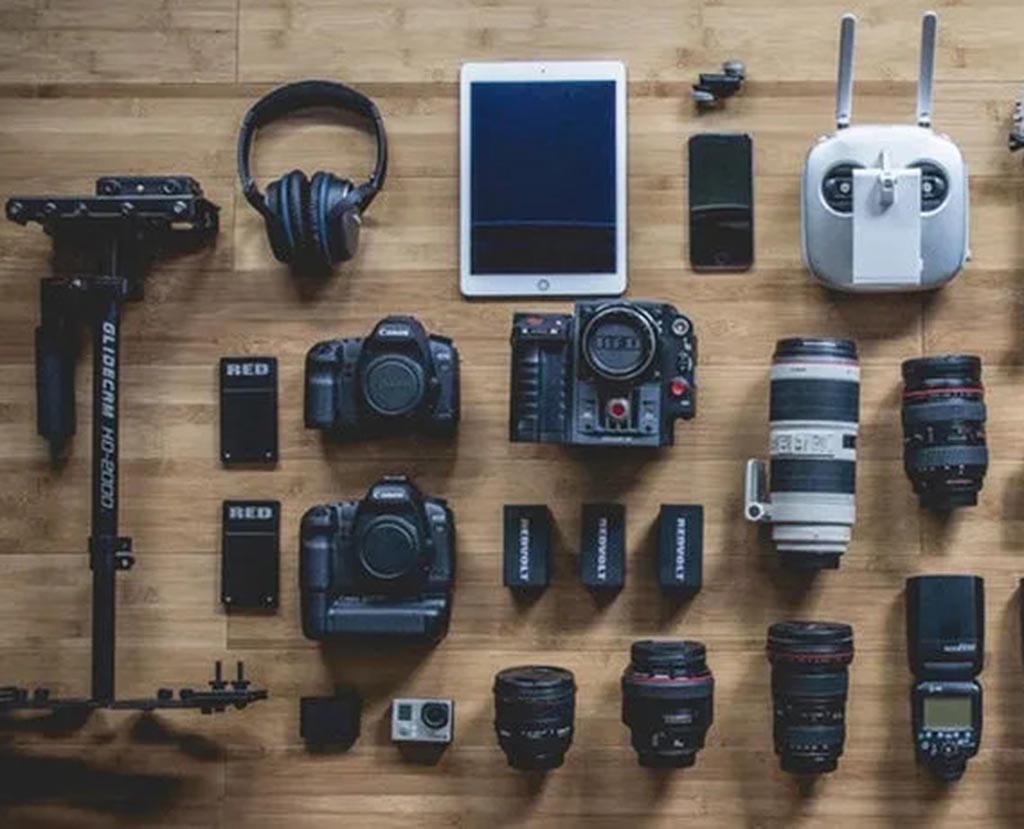
Architectural Photography Tips
Symmetry: Many buildings in Luxembourg have very strong symmetry, especially in the city center and near historical sites. Using symmetry to compose your photos can make your work more artistic.
Lines and textures: Luxembourg’s castles and bridges have complex textures and lines. When shooting, you can enhance the visual impact by emphasizing these elements. Shooting the details of the building can often show unknown beauty.
Shooting angle: In order to capture different visual effects, you can try to shoot the building from different angles, such as low angles, overhead angles, etc. Especially when shooting Luxembourg’s castles and bridges, these different perspectives can add a new layer of depth to your work.
Cityscape and street photography
Luxembourg’s streets are full of historical atmosphere, and the cafes, restaurants and old shops along the streets are good materials for shooting daily life. In order to capture the street style of Luxembourg, you can try to shoot some details that are closely related to the lives of local people, pay attention to the changes in light and shadow on the street and the interaction between people and the environment.
4. Luxembourg’s Natural Scenery Photography
Although Luxembourg is a small country, it has many natural attractions, especially places such as forests, valleys and rivers. The banks of the “Alzette River” and the “Mille” Park in Luxembourg are good places to shoot natural landscapes. Here, photographers can use the abundant natural light and water reflections to shoot vivid scenes.
Landscape Photography Tips
Matching foreground and background: When shooting scenery, you can enhance the layering of the picture by choosing the right foreground and background. Natural attractions such as forests and mountains can often guide the line of sight by adding foreground elements (such as branches and flowers).
Use of light: The light in natural landscapes changes very quickly, so always pay attention to the direction and intensity of the light. At sunrise, soft light can bring warm pictures, while at dusk it can produce deeper shadow effects.
5. Photography precautions during travel in Luxembourg
Abide by local regulations
Although Luxembourg is a very open country, there may be some restrictions on shooting in certain specific locations, especially historical sites and religious sites. Before shooting, it is best to understand the local regulations and respect them. Some places, such as churches and museums, may require photographers to purchase a permit or prohibit photography in certain areas.
Carry spare equipment
Although modern camera equipment generally has a long battery life, the battery may run out when shooting for a long time. To avoid missing shooting opportunities, travel photographers should prepare spare batteries, memory cards and necessary charging equipment.
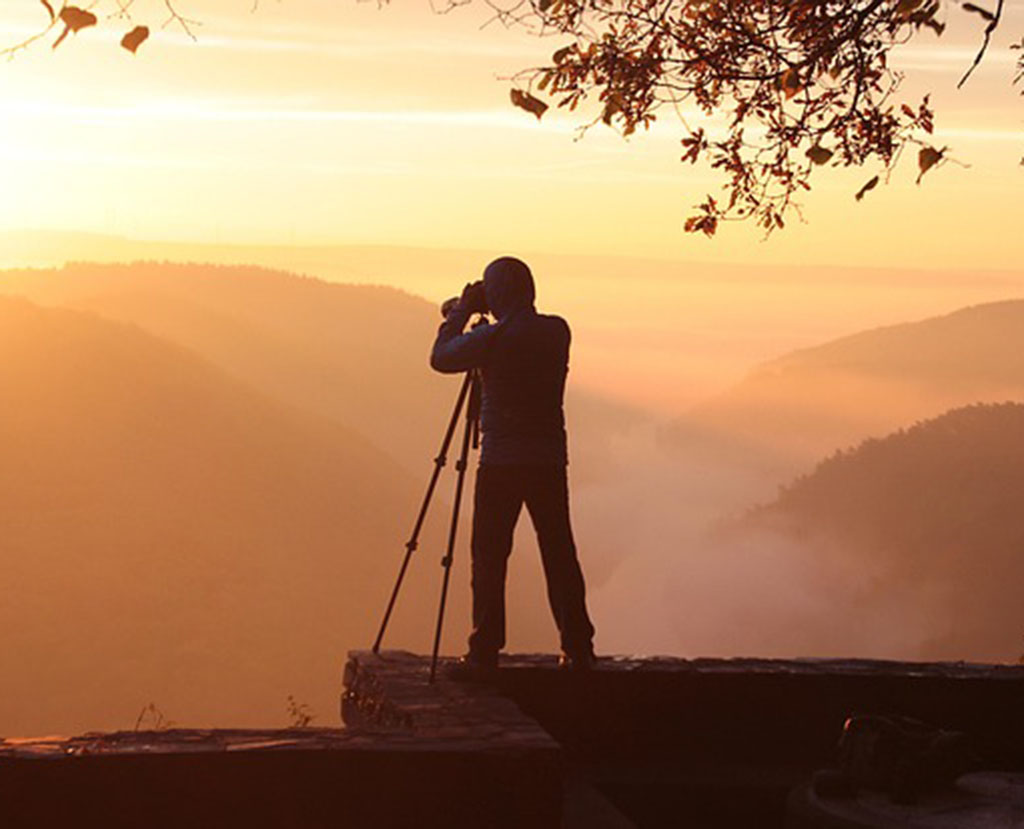
Lightweight Carrying Method
Many attractions and neighborhoods in Luxembourg feature ancient streets and alleys, and carrying bulky equipment may affect the convenience of shooting. Choosing a lightweight and durable backpack and arranging the storage method of camera equipment are important considerations for photographers on their travels.
Pay attention to weather and light changes
Luxembourg’s weather is changeable, especially in spring and autumn, when the sky may be cloudy or sunny, which may affect your photography. Therefore, photographers should pay attention to the weather forecast at any time before traveling and plan their shooting time reasonably. The “golden hours” in the early morning and evening are the best time to shoot the light and shadow effects of castles, churches and neighborhoods. In addition, you can also consider carrying a lightweight raincoat or camera rain cover to cope with sudden weather changes, protect the equipment and ensure uninterrupted shooting.
Flexibly arrange shooting and rest time
Long-term outdoor shooting can easily cause physical fatigue, especially in areas with large terrain fluctuations, such as the old town of Luxembourg or the ruins of the fortress on the hillside. Photographers are advised to arrange walking routes and shooting rhythms properly to avoid physical exhaustion due to excessive shooting. At the same time, it is recommended to reserve appropriate rest time in the afternoon or after dusk, which will not only help to restore physical strength, but also allow you to set out again when the city lights are on at night to capture another peaceful and charming face of Luxembourg. Photography is not only a technical job, but also an art of endurance and rhythm.
Luxembourg is undoubtedly a paradise for photographers, offering rich urban scenery, beautiful natural scenery and historical buildings. With the right equipment, skills and sensitive use of local light, you can capture the unique charm of this city. Whether it is the tranquility of historical sites or the dynamic street life, Luxembourg is waiting for photographers to capture every moment of it.
